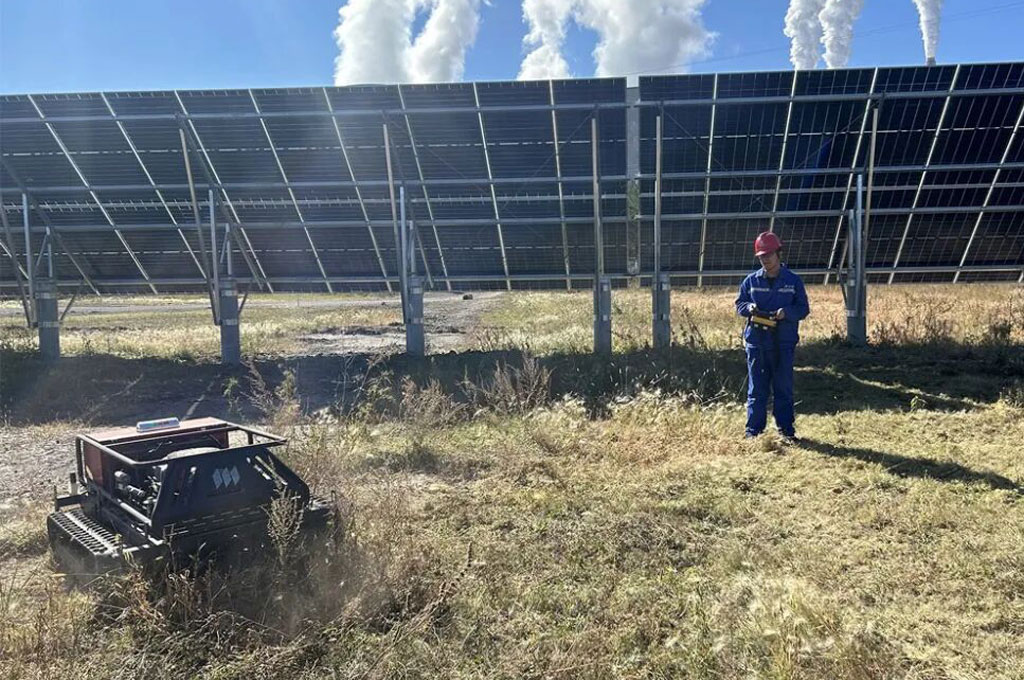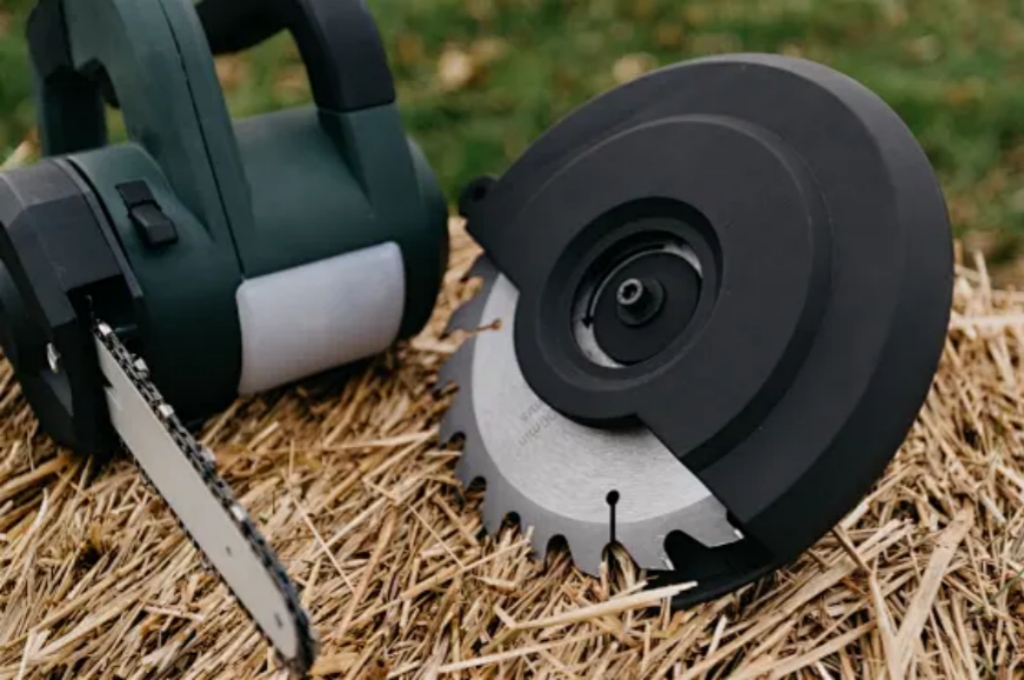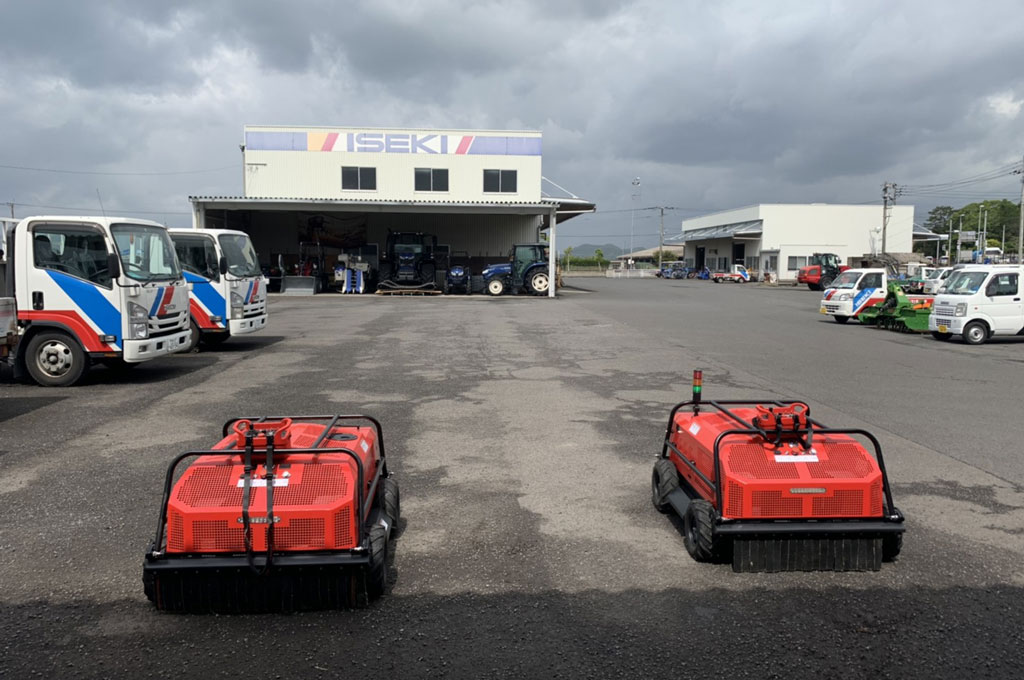Managing vegetation in solar power plants is more than just a routine task—it’s directly tied to power generation efficiency. Overgrown grass can shade panels, reduce output, and even damage equipment. This is why many operators are shifting from manual labor to robotic lawn mowers. But before making the investment, here are ten key questions you should ask to ensure the mower fits your solar farm’s operational needs.
1. How Many Acres Does the Solar Farm Cover?
A small residential robotic mower won’t be sufficient for a 100 MW solar plant. Commercial robotic lawn mowers are built to handle dozens of acres per day, making them a better fit for large-scale facilities.
2. Can It Operate Under and Around Solar Panels?
Low clearance and panel rows present unique challenges. Look for compact models designed to pass beneath arrays without damaging panels, while still providing consistent cutting results.

3. How Does It Perform on Slopes and Uneven Ground?
Solar farms are often built on hillsides or reclaimed land. Choosing a mower with crawler tracks and slope capability up to 40–45 degrees ensures reliable performance even on rugged terrain.
Tip: Always check slope control specifications. For example, the MC700 robotic mower supports steep gradients while maintaining stability through tilt protection and electronic rollover mitigation.
4. What Navigation Technology Does It Use?
Modern robotic mowers rely on different systems to navigate:
- Boundary type: Some require underground boundary wires, while advanced models use GPS navigation technology for robotic lawn mowers or vision-based mapping. The MC700 includes smart path planning for higher efficiency.
- Mowing mode: Compare whether the mower works in a random or sequential pattern. Sequential mowing reduces overlap and saves fuel.
5. How Wide and Efficient Is the Cutting System?
Efficiency in solar farms is about coverage.
- Mowing width: The MC700, for example, features a 700 mm cutting width, allowing more grass to be cut in a single pass.
- Grass type compatibility: Ensure the mower works effectively with local vegetation, from thick weeds to softer grasses.
6. What Obstacle Detection Systems Are Built In?
Solar farms often contain fencing, cables, or small structures. Look for robotic mowers with proximity sensors, automatic obstacle avoidance, and emergency stop functions to reduce downtime and equipment damage.
7. How Long Does the Battery Last and How Fast Does It Recharge?
Runtime is crucial in large solar farms.
- Battery life: The MC700 operates up to 4 hours on a single charge.
- Charging time: Make sure the mower’s downtime does not disrupt operations.
- Hybrid options: For sites without stable grid power, hybrid fuel-electric models extend working hours and reduce charging constraints.
8. Is It Weather-Resistant?
Solar farms are exposed to harsh weather. Choose a mower with a high IP rating (such as IP65) for dust and water resistance. Rain sensors are also valuable, allowing the mower to automatically return to its dock during heavy showers.
9. What Safety Features Are Available?
Robotic mowers for industrial sites must prioritize operator and asset safety. Important features include:
- Vehicle stability control
- ABS braking
- Tilt protection
- Collision detection
- Emergency stop and automatic shutdown
These ensure safe operations even in steep or high-risk environments.
10. What Are the Upfront and Ongoing Costs?
Finally, consider the total cost of ownership:
- Initial investment: Commercial models range widely, from basic units to advanced machines with smart integration.
- Operating costs: Fuel, maintenance, and spare parts all factor into long-term value.
- Lifespan: With proper maintenance, robotic mowers like the MC700 can deliver years of reliable service, offsetting the initial cost.
Conclusion
For solar farms, airports, and other industrial sites, a robotic lawn mower isn’t just a convenience—it’s a critical asset for safe, cost-effective vegetation management. By evaluating lawn size, slope capability, navigation systems, mowing efficiency, safety protocols, and total cost, operators can confidently select the right solution.
With robust options like the MC700 hybrid robotic mower, designed for industrial-scale operations, facility managers can reduce manual labor, improve mowing consistency, and protect solar output.


